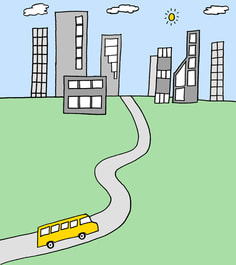Sound city Reading Blog |
|
I've updated the overview charts and the flow charts showing all of the Sound City Reading phonics books. Click on any chart to enlarge it. The changes to the overview charts make it more clear that it is not necessary to use every book in a given level. You could choose, for example, Book A OR Book B OR Book C at a particular level. The different options may present the material in a different order (as in the short vowel books) or in a different format (as in the phonics patterns books). Although having a variety of books at some of the levels may be initially confusing, the advantage is that you can fine tune your instruction by selecting the particular books that are best suited for your students. The overview charts give a range of suggested grade levels for each group of books. The books are not limited to a single grade level, so that they can be used at any level as needed. The flow chart pages have been changed to show two alternate routes for beginning readers.
I've revised the Learning The Alphabet books and have uploaded the PDF files today. A separate teaching guide for these books will be posted in the near future. These books are perfect for students who are learning the alphabet letters. I developed these pages for my grandson when I was teaching him the alphabet. The PDF files are copyrighted but they may be downloaded and printed by teachers, parents, and tutors, to use with their own students. I had previously thought that I might combine these books into one book and put the handwriting and sound story pages into a separate book. After more thought, I decided that since this is the very first book in the Sound City Reading program, I should leave everything together. This will make it easier for teachers and parents to follow the teaching sequence. All you have to do is go from one page to the next, in the order in which the pages appear in the book. The changes in the books are as follows.
Both the original and revised versions are set up with beginning learners in mind. They use multi-sensory instruction to teach new letters. Tracing large and small letters helps students internalize each letter shape so that they can recognize the letter when they see it. Saying the letters sounds as they trace helps students associate each letter with its sound. After tracing a new letter, students complete a letter discrimination page, on which they circle the new letter in rows of individual letters, in rows of words, and in a sentence. (Students are not expected to read the words and sentence; they are read aloud by the teacher.) As each new letter is taught, two types of picture pages are included to teach beginning phonemic awareness skills. The first teaches oral blending, and the second introduces students to rhyming Students also study a page with words and pictures. Each word on the page begins with the new letter. The students look at the pictures to figure out the words, with the teacher's help. As students pronounce each word, they listen carefully for the first sound, and circle the beginning letter. This introduces them to the concept of beginning sounds in words. The begin to understand that the beginning letter in a written word represents the first sound in the spoken word.
10/9/2017 I've Uploaded A Smaller Version Of The Letter Connections Activity Used To Teach "Sound Blending"Read Now These instructions in the book Color-Coded Short Vowel Words explain how to make letter connections materials to teach sound blending. However, both a large and small version of these materials are available as pdf files to download from this web site. The two versions of the Letter Connections Activity can be found on the PDF Files page for sound cards, sounds charts, etc. The larger version has been available for a while. It is large enough to use with a whole class, displayed on a large easel or on a chalkboard. I uploaded a smaller version today. It is a good size to use when working with a single student or a small group. For one student it can be used on a flat surface such as a desk or table. For a small group, it can be used on a tabletop easel. These charts are used to teach "sound blending," the ability to connect a series of letter sounds smoothly when pronouncing them.
The Problem Often, students are able to say the sounds for the letters of the alphabet, put alphabet letters together to form words, and read words by saying the sound for each letter. They understand that letters are symbols for sounds and know that the letters are arranged sequentially in words to show us how to pronounce those words. However, they are still reading each word by saying one letter sound at a time, pausing between the sounds. While they can mentally put the sounds together after they have pronounced them separately, they are not yet able to read fluently because the decoding process slows them down quite a bit. The Solution The Letter Connections Activity teaches students to pronounce two or more letters, one after another, putting the sounds together smoothly. Step One: Working With Two Sounds Students begin by pronouncing short vowel-consonant combinations, such as ab, ac, ad, af, ag, and am. This exercise helps students learn to slide two letter sounds together smoothly. For beginners, this can be a challenge but it is much easier than trying to put three sounds together smoothly to pronounce a whole word. As students pronounce these vowel-consonant combinations, they are also learning that single vowels followed by a consonant usually represent the short vowel sound. Most of these two-sound combinations are not real words, so in this program they are called "silly sounds." Often, when students are having trouble pronouncing three-sound short vowel words smoothly, they will also have trouble putting just two sounds together. This activity teaches them how to do that. Step Two: Working With Three Sounds To Read Short Vowel Words After the first step has been mastered, students can begin reading series of short vowel words formed by moving cards showing the same ending chunks they have already mastered (_at, _oss, _in, _ell, _un, etc.) down a column of beginning consonants. Students add various beginning sounds to the ending chunks to pronounce either real words or nonsense words. For example, using the ending chunk _at, students would read bat, cat, dat, fat, gat, hat, etc. Even though not all of the letter combinations are real words, many of the non-word combinations will be beginning syllables from multi-syllable words that students will eventually learn to read. Because students are only having to change the beginning letter sound as the ending chunk is moved from one letter to the next, they will find it easier to pronounce the three-letter combinations smoothly, without having to say the sounds separately. If you prefer to work with only real words with the students, you can just skip any combinations that don't form words. Step Three: Working With Advanced Letter Connections Charts After mastering short vowel words, students will learn to read words with beginning and ending consonant blends and words with various long vowel and r-controlled vowel patterns. As they learn new consonant and vowel patterns, the teacher can use the various advanced letter connections charts to give students practice pronouncing consonant-vowel and vowel-consonant combinations. Again, these combinations are often not real words, but they are generally found in words that students will be learning to read. For example, students might practice putting beginning consonants with long vowel patterns, as in bai, cai, dai, fai, gai, hai. They can also practice pronouncing words or chunks with ending consonant blends, for example band, cand, dand, fand, gand, and hand, or with beginning consonant blends, as in stee, snee, smee, and spee. (Spell check is NOT happy with these pseudo words!) Notice that studying these non-word syllables will prepare students to read many multi-syllable words such as daily, Haiti, candy, gander, steeple, and speedy. Reinforcing With Color-Coded Short Vowel Lists and Color-Coded Phonetic Lists These two books contain both rhyming and body-coda (same beginning sounds) word lists, sorted by vowel patterns. They would provide excellent follow up reinforcement after students have done particular letter connections activities. Students can practice reading words with the same consonant and vowel patterns they have studied on the charts. Individualizing Instruction Some students pick up decoding more quickly than others. It's important to provide enough decoding practice for students who find it more difficult. Often students who struggle initially go on to become excellent readers, after mastering sound blending, which is an important sub-skill for decoding. Developing this skill allows students to begin reading more fluently. Working with specific letter combinations helps students begin to decode words more smoothly and automatically. At the same time they are able to study a lot of new words in a short period of time. This allows students to read on their own with more confidence and better comprehension. In my experience working with first grade students, even those students who come into first grade already reading will benefit from this specific type of decoding instruction. It helps them become more conscious of the various letter patterns so that they can apply them when they begin to read more advanced words. I've seen many good readers become advanced readers who are reading above grade level by the end of the year. Some students who begin reading without any problems have particular difficulty with spelling. These students benefit greatly from this type of instruction because they are able to apply the patterns they have studied when spelling words. |
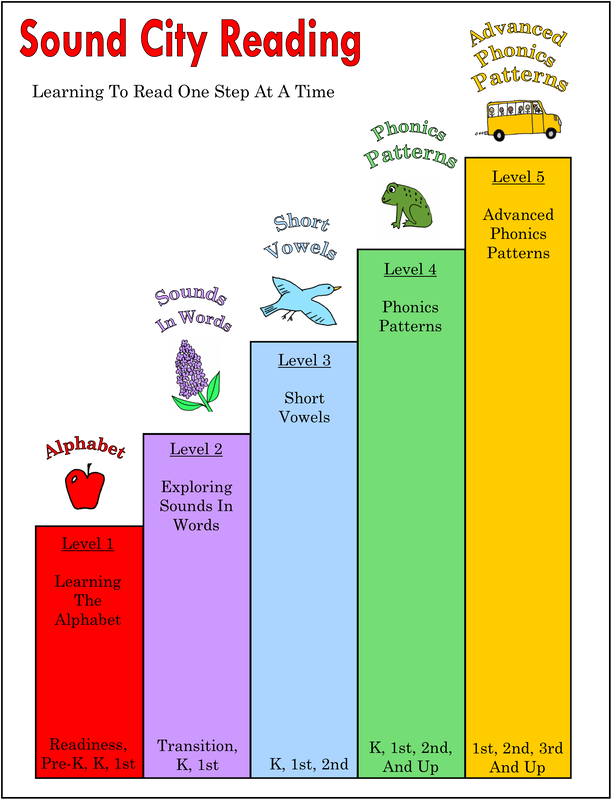
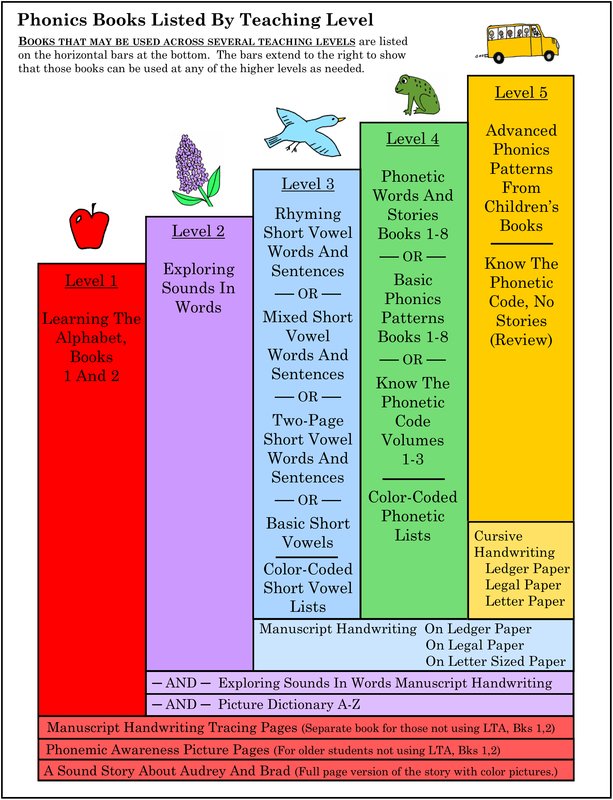
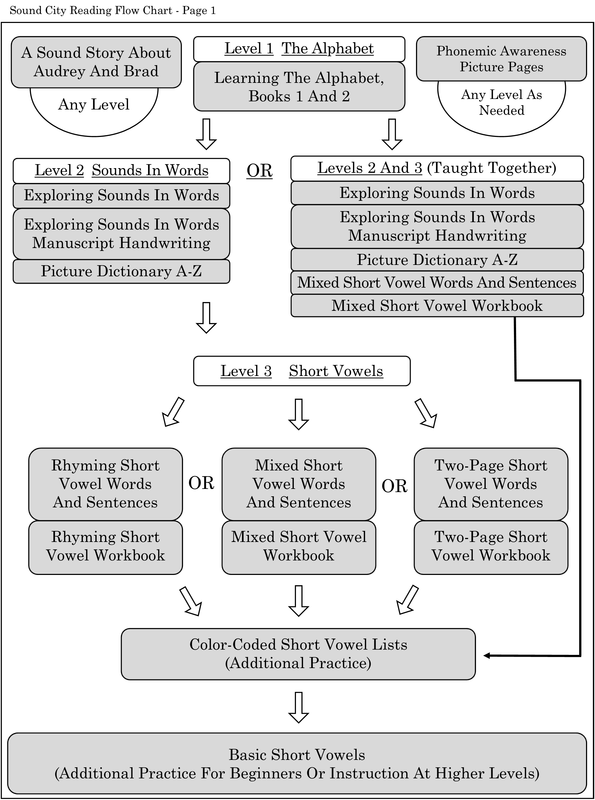
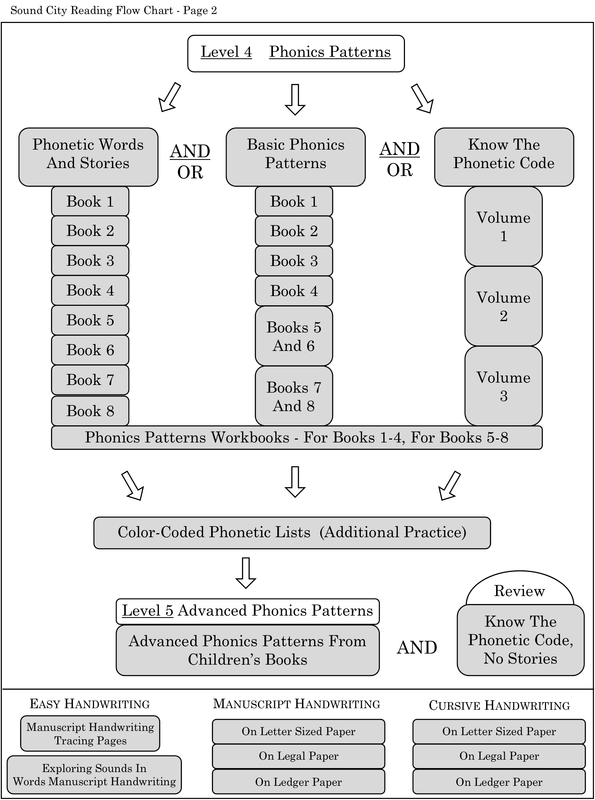
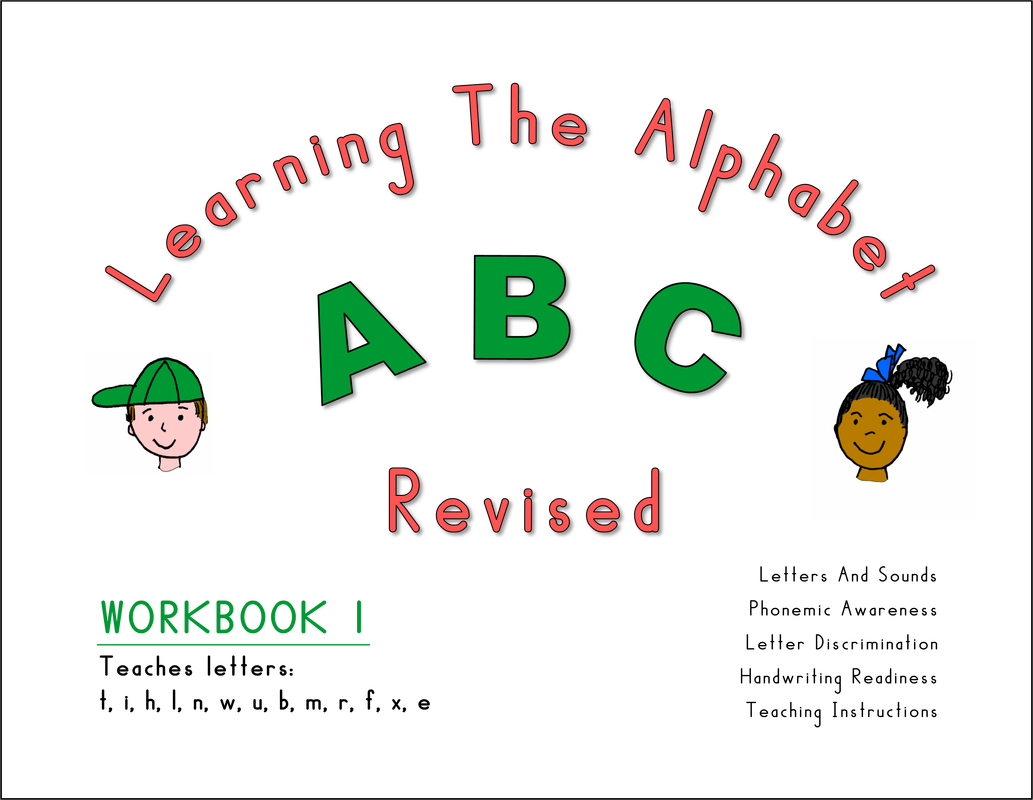
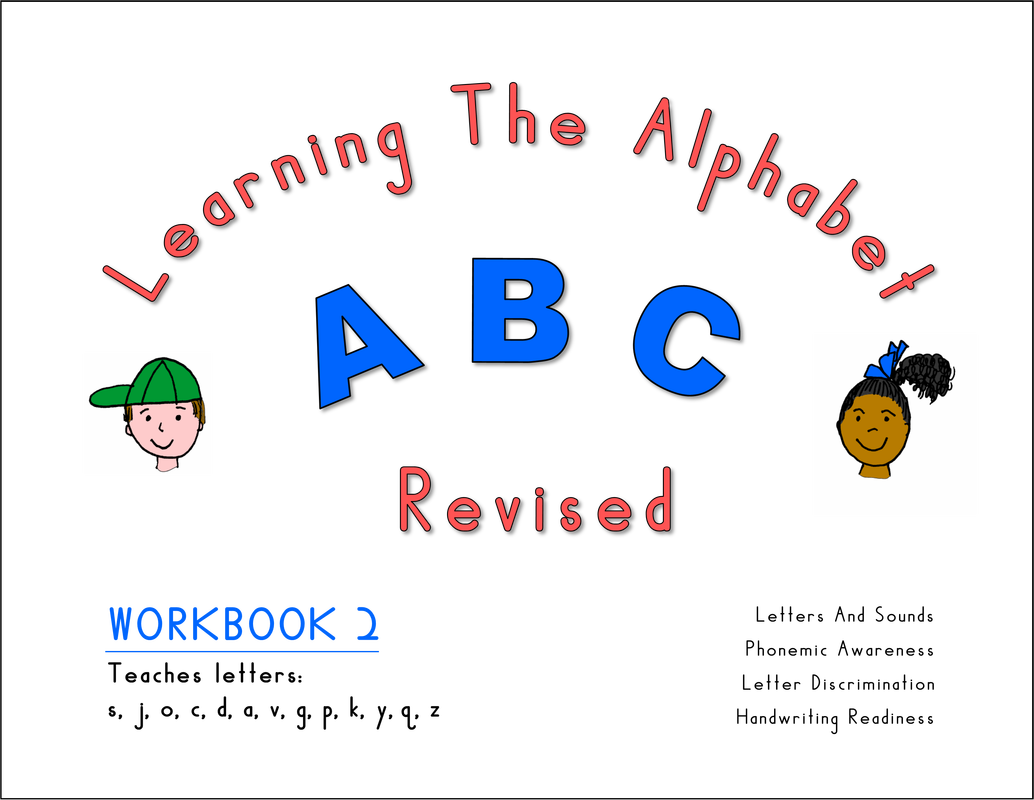
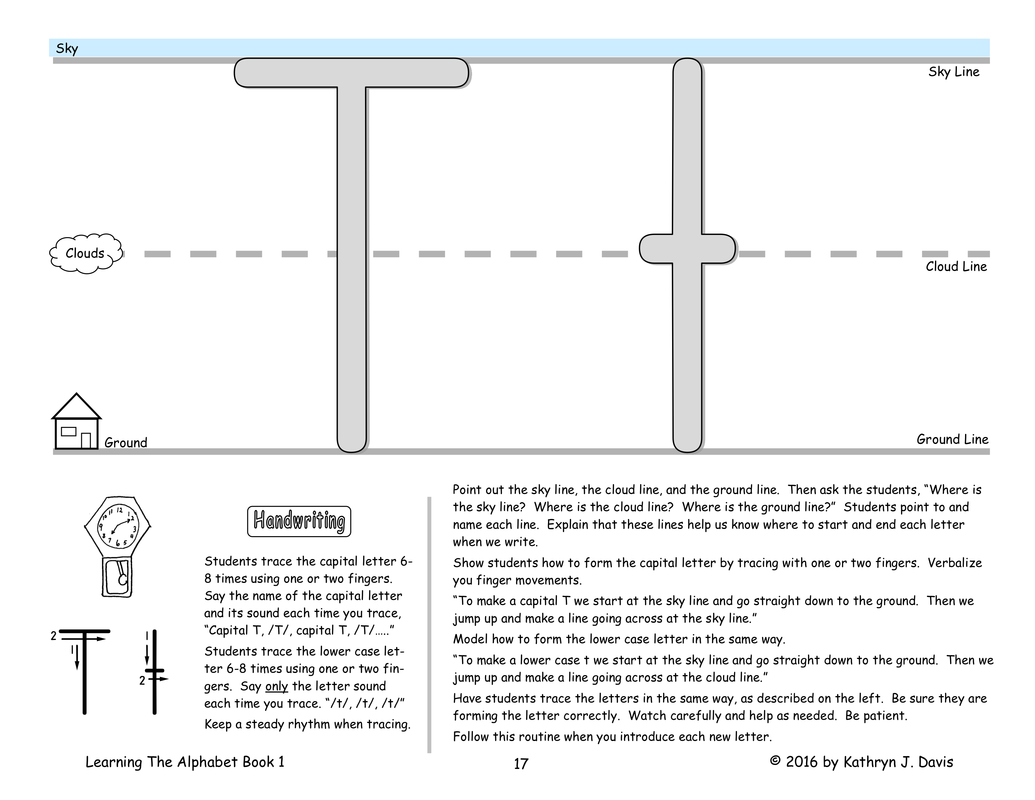
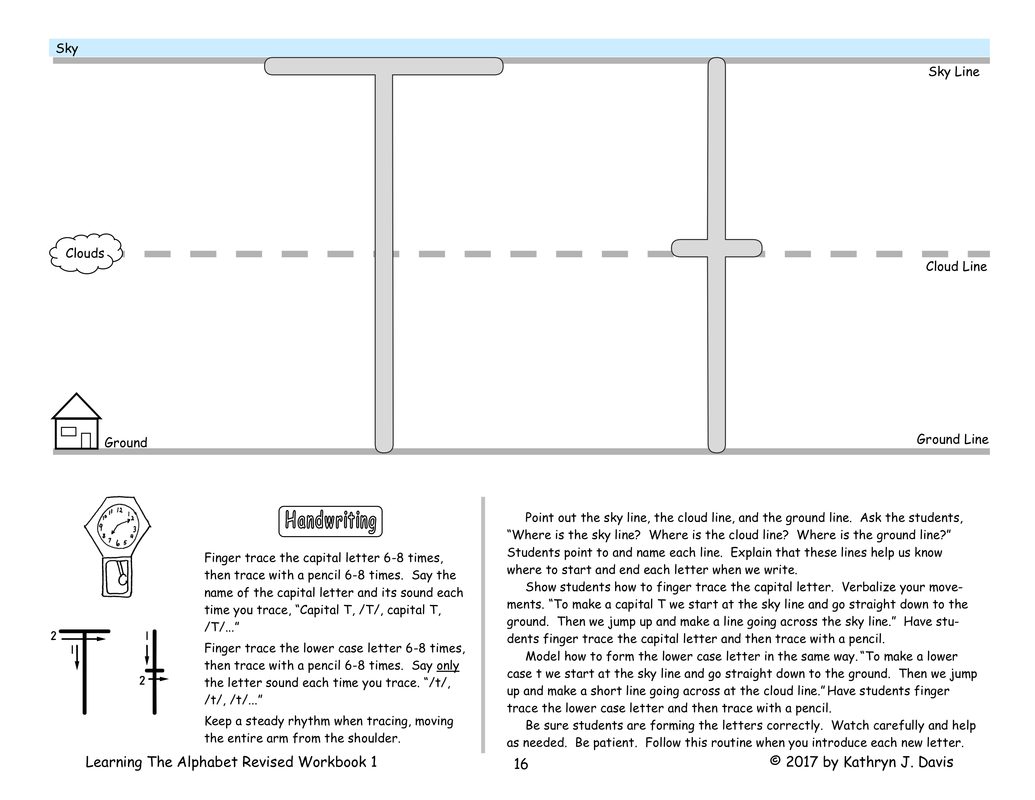
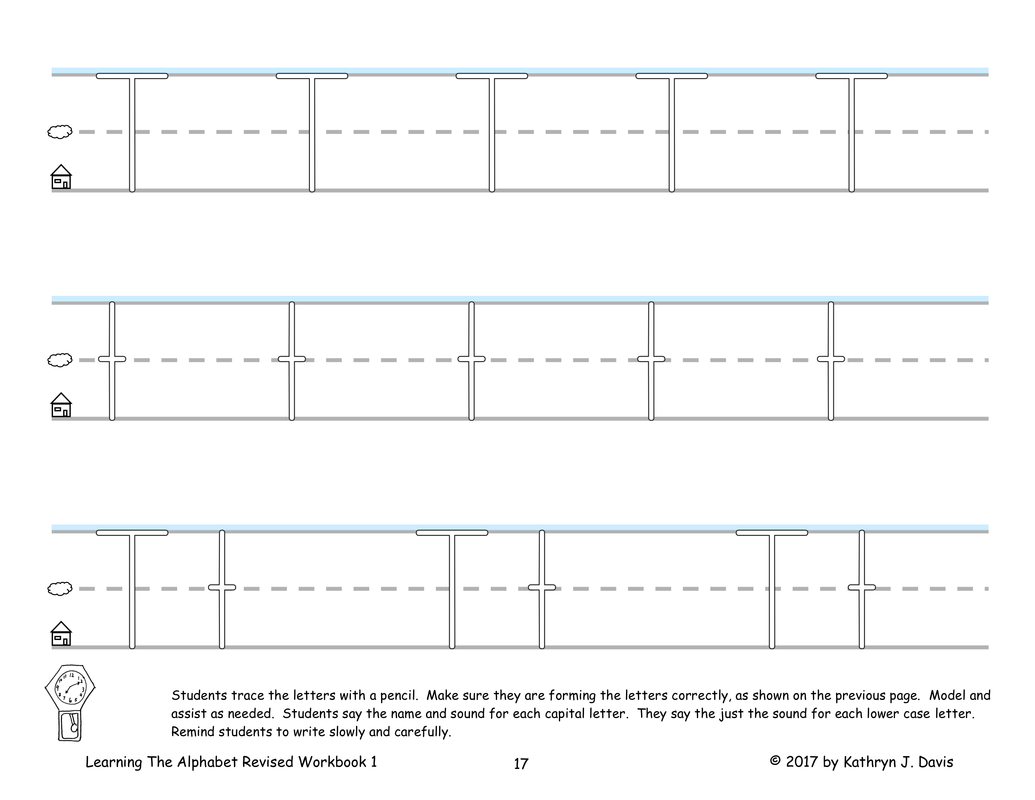
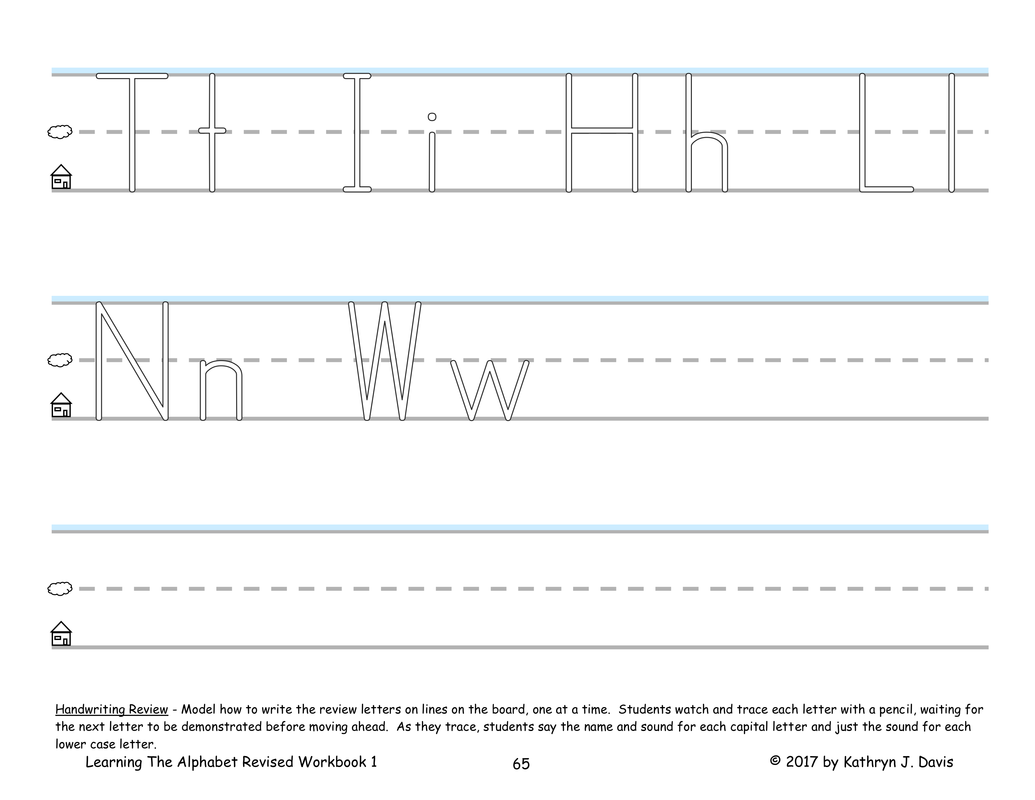
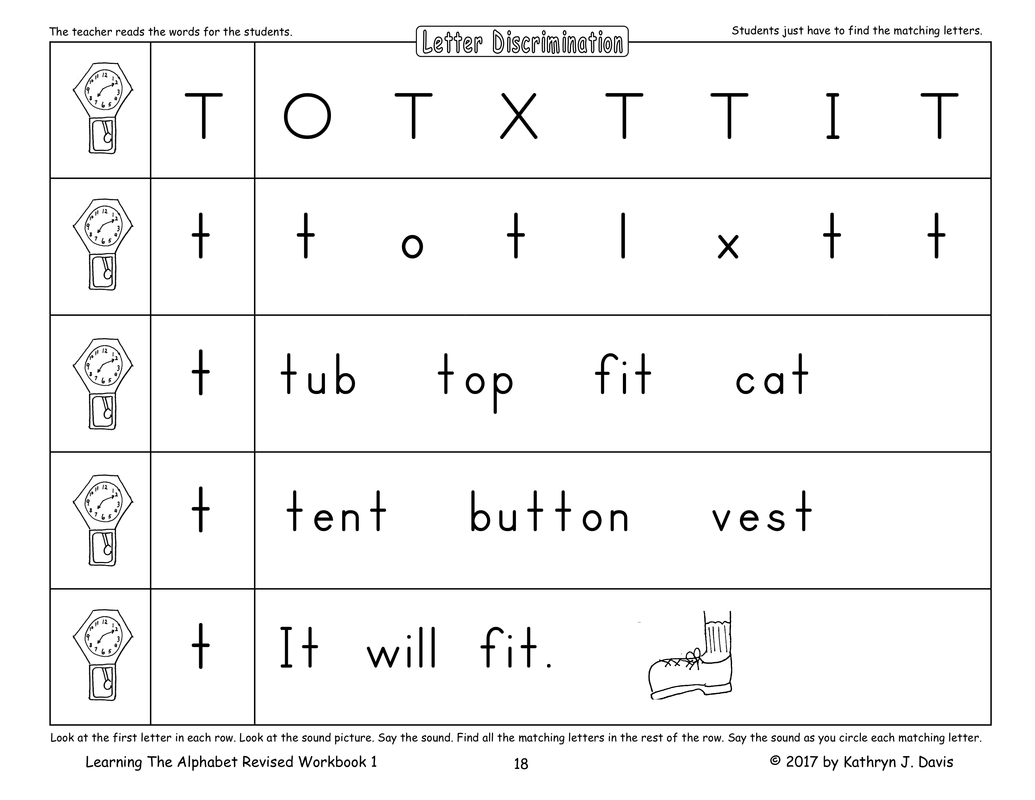

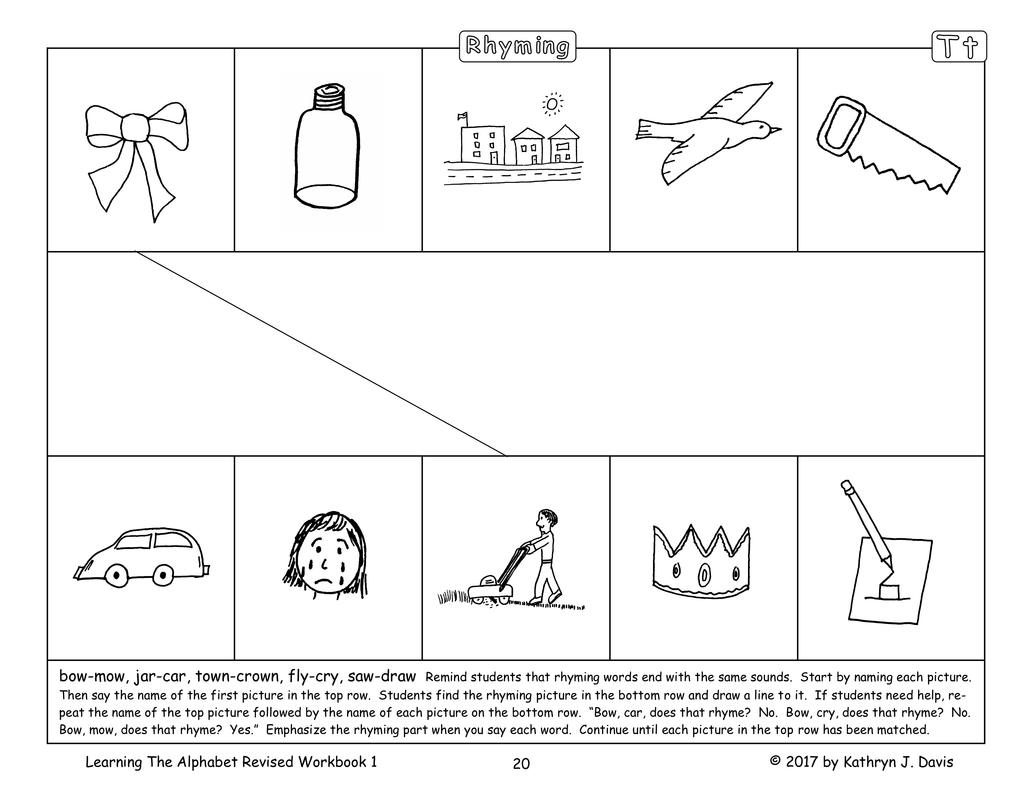
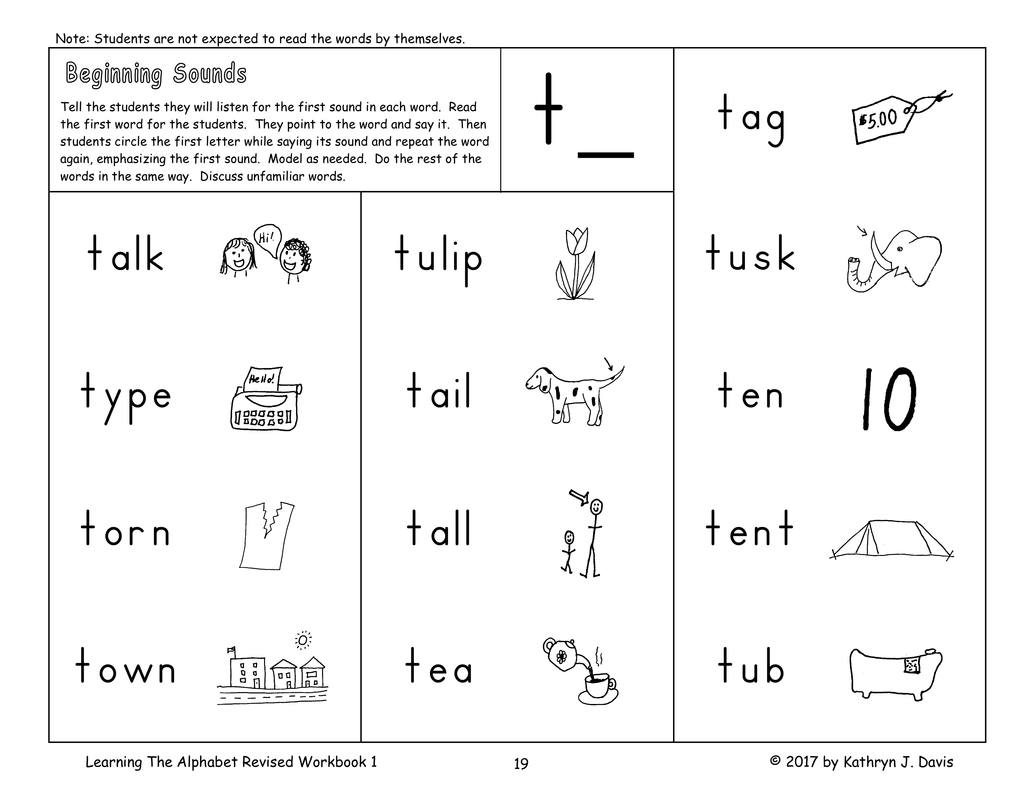
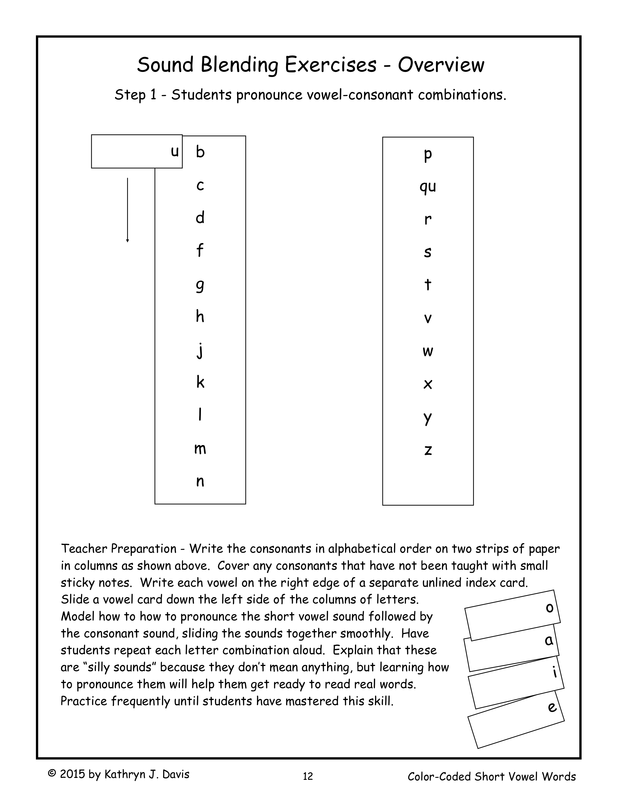
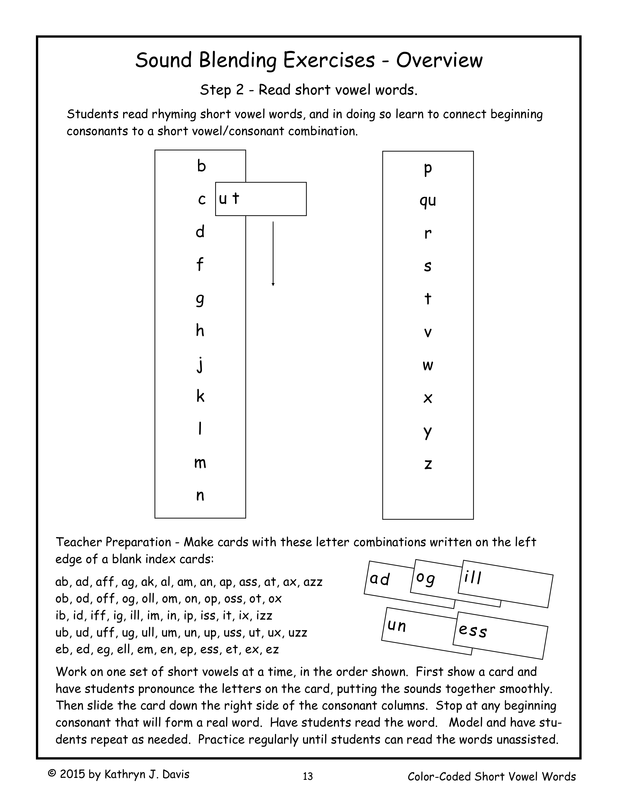


 RSS Feed
RSS Feed
